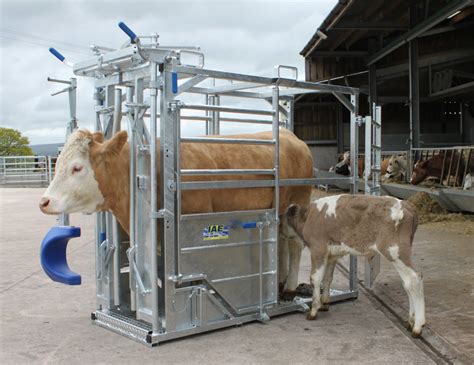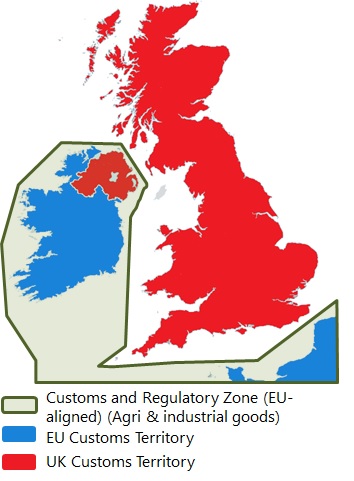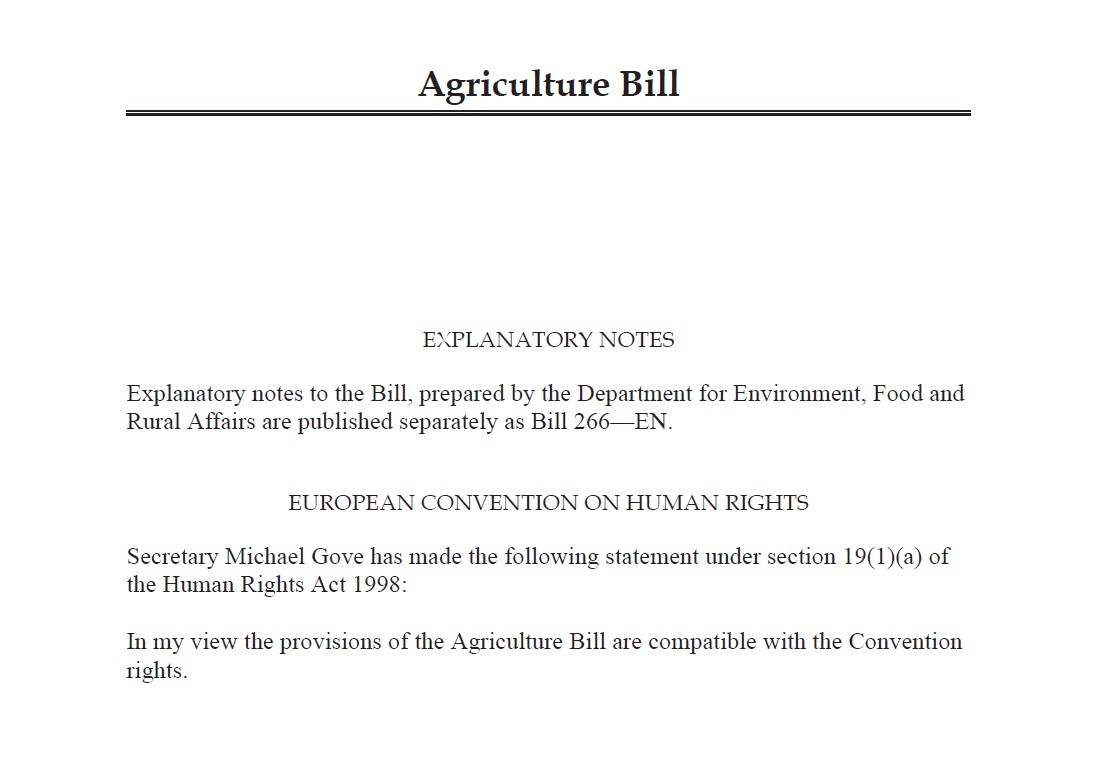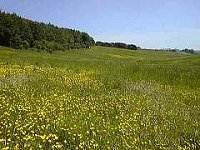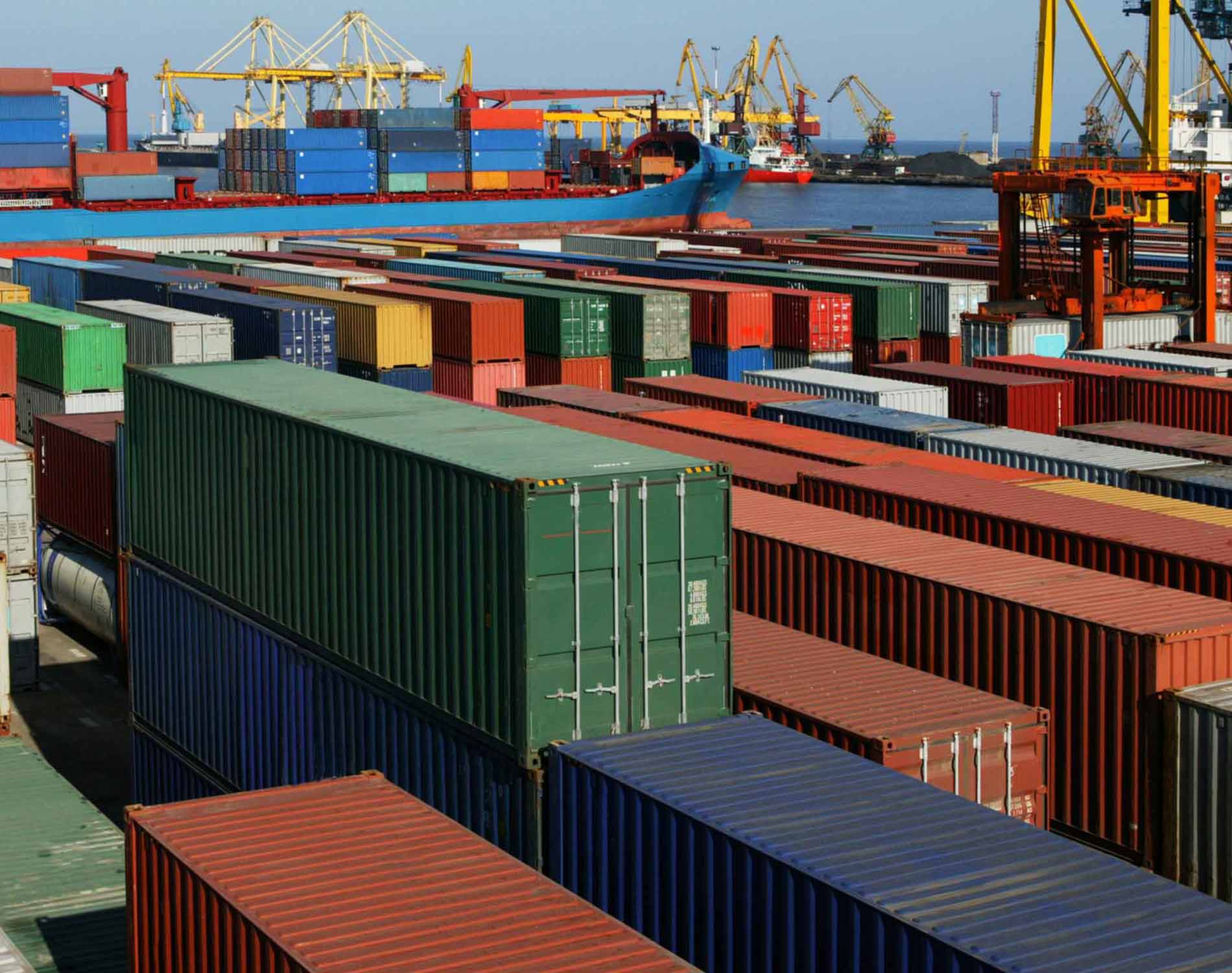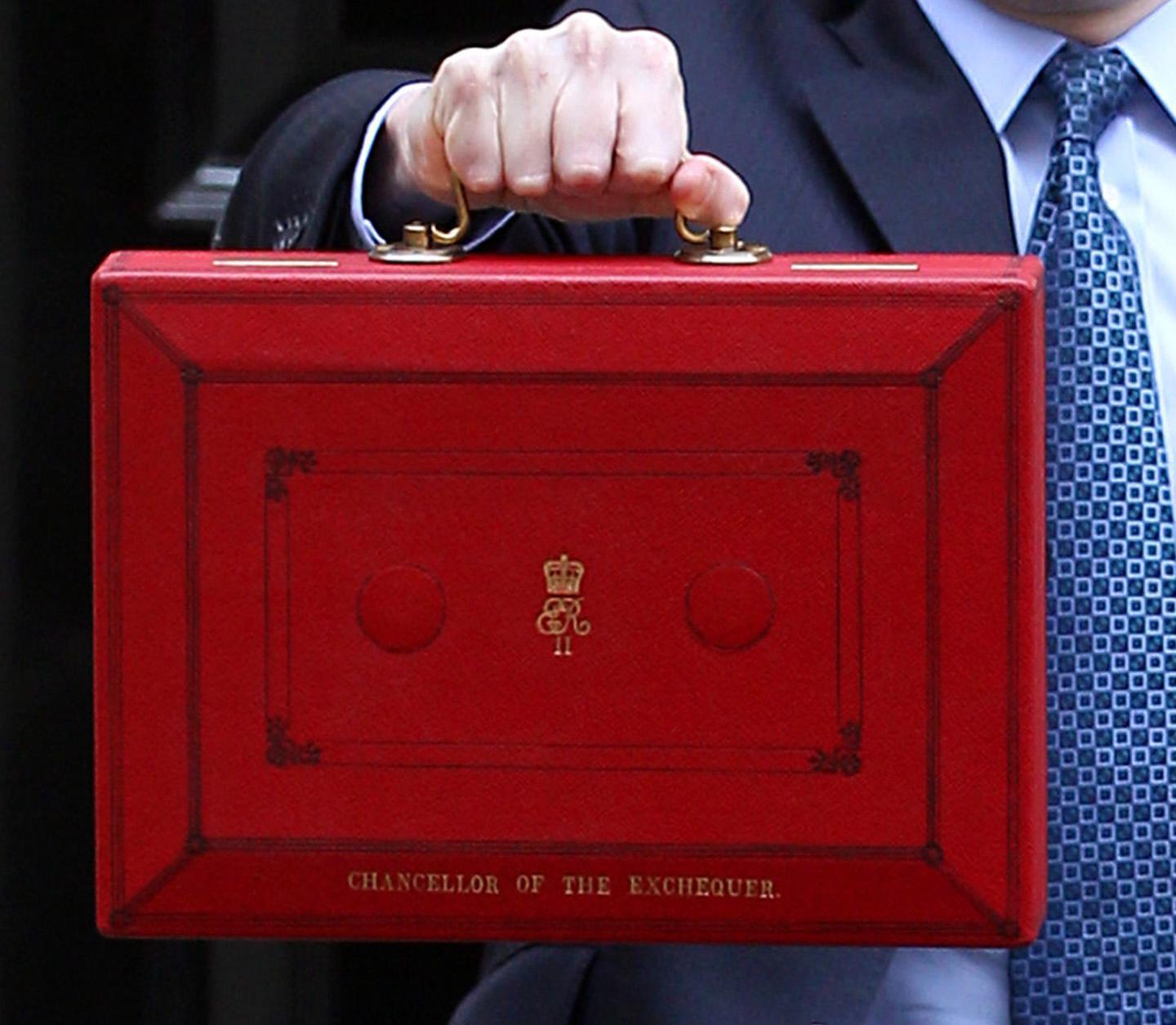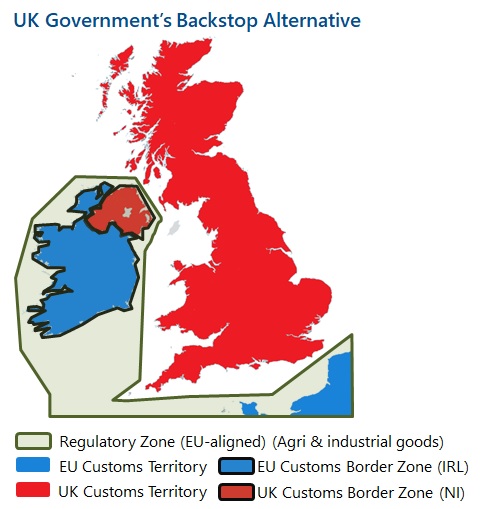Fergus Ewing, Scotland’s Rural Economy Secretary has announced the first £80m of the £160m ‘convergence funding’ will be paid in this financial year (before March 2020). Those that farm in the marginal uplands, hill farms and island areas will receive a proportionally greater share than lowland farms.
Readers will recall that this is the money announced in the Spending Review (see https://abcbooks.co.uk/spending-review-2/). Scotland has been campaigning for this for many years after only £30m was given to Scotland by the UK Government out of £190m received from the EU under CAP convergence rules for the budget period 2014-2020 (BPS years 2013 to 2019). The Scottish Government has always argued the money received by the UK was because Scotland’s area payments were below the EU average and therefore Scotland should have received it all. The UK Government announced in September that the £160m would be paid to address a ‘historic injustice’. The separate ‘Bew Review’ looked at future allocation of support funding. This granted an additional £51.4m to Scotland (and £5.2m to Wales) for the two BPS scheme years, 2020 and 2021. However, with the end of the current Parliament, the ‘funding guarantee to 2022’ lapses, so future payment levels are up for debate.
The first instalment of £80m will be split into two parts. £65m will be distributed on an area-basis. The other £15m will go to top-up coupled livestock payments in 2019. £13m will go to the suckled beef scheme and £2m to upland sheep.
The £65m for area payments will (again) be split. £52m will be divided based on 2019 BPS areas, with a weighting towards Region 2 and 3 areas. The current split of BPS funding between Regions 1, 2 and 3 for the 2019 year is 87 : 9 : 4. The £52m of convergence funding will be split 50 : 35 : 15. This produces an additional payment of £15.86, £24.09 and £6.28 per Ha respectively in each of the three regions. The remaining £13m is being earmarked to top-up the 2019 LFASS scheme, where payments would otherwise have dropped to 80% of previous years levels under EU rules (see https://abcbooks.co.uk/lfass-2/). The NFUS had been lobbying for the convergence money to be spread equally across all sectors of Scottish agriculture.
Farmers will not have to apply for any of this money – it will simply be paid as a result of 2019 claims. It is interesting to note that, although the convergence money relates to the 2013 to 2019 scheme years, this first tranche is all going to 2019 claimants. The Scottish Government states that this is to enable the money to be distributed quickly. However, the cynical might think that the Scottish payments system is so unreliable that it is impossible to make back payments to historic claimants. Those that farmed in the period 2013-2018 might feel a little hard done by.
The second £80m tranche of convergence money will be paid by March 2021. The Scottish Government has not stated how this is to be distributed as yet. However, there are strong hints that a large part of it will be used to offset the drop in 2020 LFASS payments to 40%.

